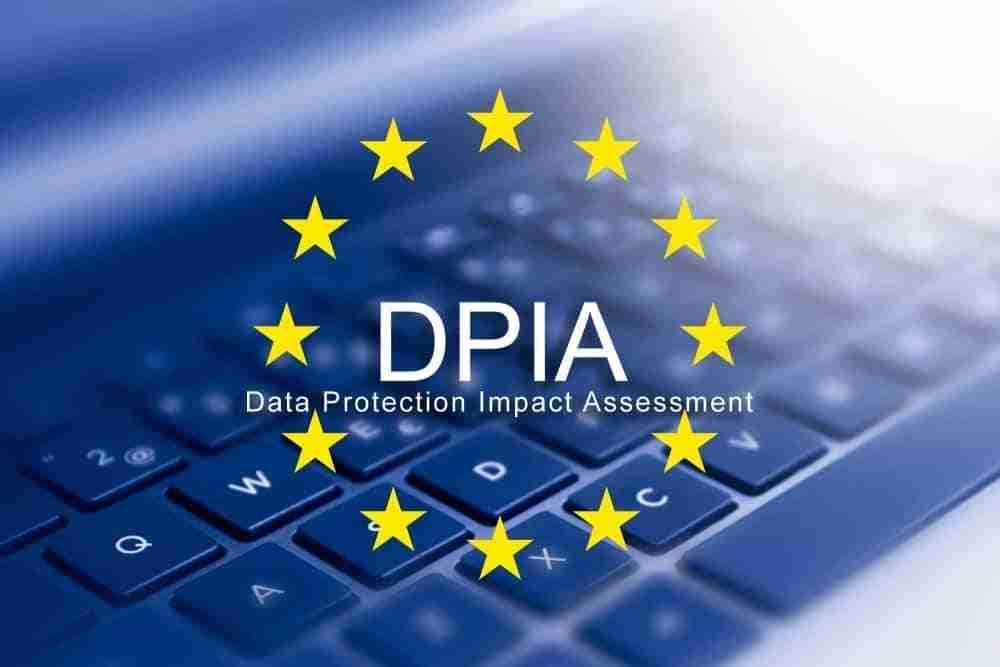
A DPIA is a process designed to help you systematically analyse, identify and minimise the data protection risks of a project or plan. It is a key part of your accountability obligations under the GDPR, and when done properly helps you assess and demonstrate how you comply with all of your data protection obligations.
It does not have to eradicate all risk, but should help you minimise and determine whether or not the level of risk is acceptable in the circumstances, taking into account the benefits of what you want to achieve.
DPIAs are designed to be a flexible and scalable tool that you can apply to a wide range of sectors and projects. Conducting a DPIA does not have to be complex or time-consuming in every case, but there must be a level of rigour in proportion to the privacy risks arising.
DPIAs are an essential part of your accountability obligations. Conducting a DPIA is a legal requirement for any type of processing, including certain specified types of processing that are likely to result in a high risk to the rights and freedoms of individuals. Under GDPR, failure to carry out a DPIA when required may leave you open to enforcement action, including a fine of up to €10 million, or 2% global annual turnover if higher.
By considering the risks related to your intended processing before you begin, you also support compliance with another general obligation under GDPR: data protection by design and default.
A DPIA can cover a single processing operation, or a group of similar processing operations. You may even be able to rely on an existing DPIA if it covered a similar processing operation with similar risks. A group of controllers can also do a joint DPIA for a group project or industry-wide initiative.
For new technologies, you may be able to use a DPIA done by the product developer to inform your own DPIA on your implementation plans.
You can use an effective DPIA throughout the development and implementation of a project or proposal, embedded into existing project management or other organisational processes.
There is no explicit definition of ‘risk’ in the GDPR, but the various provisions on DPIAs make clear that this is about the risks to individuals’ interests. Article 35 says that a DPIA must consider “risks to the rights and freedoms of natural persons”. This includes risks to privacy and data protection rights, but also effects on other fundamental rights and interests.
Also read: 12 brief explanation about the benefits of data protection for business success
There are 3 types of processing which always require a DPIA:
“(a) any systematic and extensive evaluation of personal aspects relating to natural persons which is based on automated processing, including profiling, and on which decisions are based that produce legal effects concerning the natural person or similarly significantly affect the natural person.”
“(b) processing on a large scale of special categories of data referred to in Article 9(1), or of personal data relating to criminal convictions and offences referred to in Article 10.”
“(c) a systematic monitoring of a publicly accessible area on a large scale.”
You may not have to carry out a DPIA if:
A DPIA should begin early in the life of a project, before you start your processing, and run alongside the planning and development process. It should include these steps:
After sign-off you should integrate the outcomes from your DPIA back into your project plan, and keep your DPIA under review. Throughout this process, you should consult individuals and other stakeholders as needed.
The DPIA process is designed to be flexible and scalable. You can design a process that fits with your existing approach to managing risks and projects, as long as it contains these key elements.
You can also scale the time and resources needed for a DPIA to fit the nature of the project. It does not need to be a time-consuming process in every case.
You can decide who has responsibility for carrying out DPIAs in your organisation, and who signs them off. You can outsource your DPIA, but you remain responsible for it. If you have a Data Protection Officer (DPO), you must ask for their advice on your DPIA, and document it as part of the process.
You may want to ask a processor to carry out a DPIA on your behalf if they do the relevant processing operation, but again you remain responsible for it.
As well as the business area or individual who is leading on the project or process requiring the DPIA, you should also involve:
If you have a DPO, you must seek their advice. The DPO should provide advice on:
You should record your DPO’s advice on the DPIA. If you don’t follow their advice, you should record your reasons and ensure you can justify your decision.
DPOs must also monitor the DPIA’s ongoing performance, including how well you have implemented your planned actions to address the risks.
Also read: 7 Client Data Protection Tips to Keep Customers Safe
Importance of Efficient Access Controls that every Organisation in Singapore should take note of. Enhancing…
Prioritizing Security Measures When Launching a Webpage That Every Organisation in Singapore should take note…
Importance of Regularly Changing Passwords for Enhance Online Security that every Organisation in Singapore should…
Comprehensive Approach to Data Protection and Operational Integrity that every Organsiation in Singapore should know…
Here's the importance of Pre-Launch Testing in IT Systems Implementation for Organisations in Singapore. The…
Understanding Liability in IT Vendor Relationships that every Organisation in Singapore should look at. Understanding…
This website uses cookies.